Now, it's up to sales leaders to reinvent the funnel — or find an alternative. In this article, I’ll take a closer look at the sales funnel, see how it differs from a flywheel, and suggest which model is right for your business.
Skip to:
A sales funnel starts with a large number of potential buyers at the top. Based on certain criteria, this pool of potential buyers is reduced to a smaller number of prospects.
Towards the middle of the customer journey, the number of prospects reduces to a handful of opportunities — and after the decision-making stage, the sales funnel process ends with a closed-won or closed-lost deal.
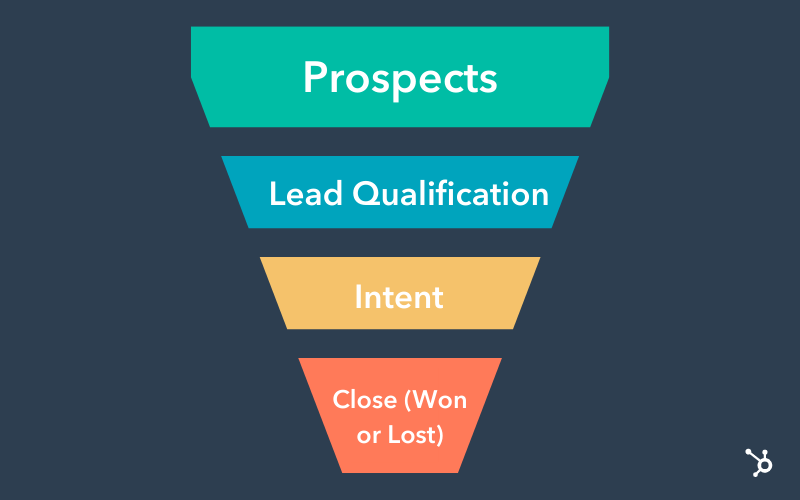
As each individual deal moves through each phase, the probability of closing the sale will change. The further along the sales funnel, the more information is exchanged, and the more apparent it becomes using the product will be advantageous to the customer.
At this point, there is a higher potential for that deal to be ultimately successful unless the deal is moved to closed-lost — in which case, the probability moves to zero.
During my sales career, I’ve seen the sales funnel solve several problems for sales leadership:
- It was a clearly defined process to model how to close more deals.
- It helped quantify the value of future sales.
- It allowed sales teams to build statistics around the size and the number of deals required to mathematically exceed quota.
- The sales funnel helped define a methodology to teach salespeople how to move customers through a logical sales process and into a closing sequence to maximize rep productivity and cost per lead.
With this definition of a sales funnel in mind, let’s walk through a few real-life sales funnel examples.
Pro tip: Download the free HubSpot sales funnel template to create sales funnel stages and see the funnel stage of each deal.
Sales Funnel Examples
1.Audible

Audible is an Amazon-owned producer of audiobooks and spoken-word entertainment. This platform brings potential subscribers into their sales funnel by promoting a free one-month trial for the service. When I sign up, I get 30 days to use the service before being automatically enrolled in a monthly subscription.
What I Like: Audible's free trial allows me to test the service risk-free and discover the value of their extensive audiobook library before committing to a paid subscription.
2.HoneyBook
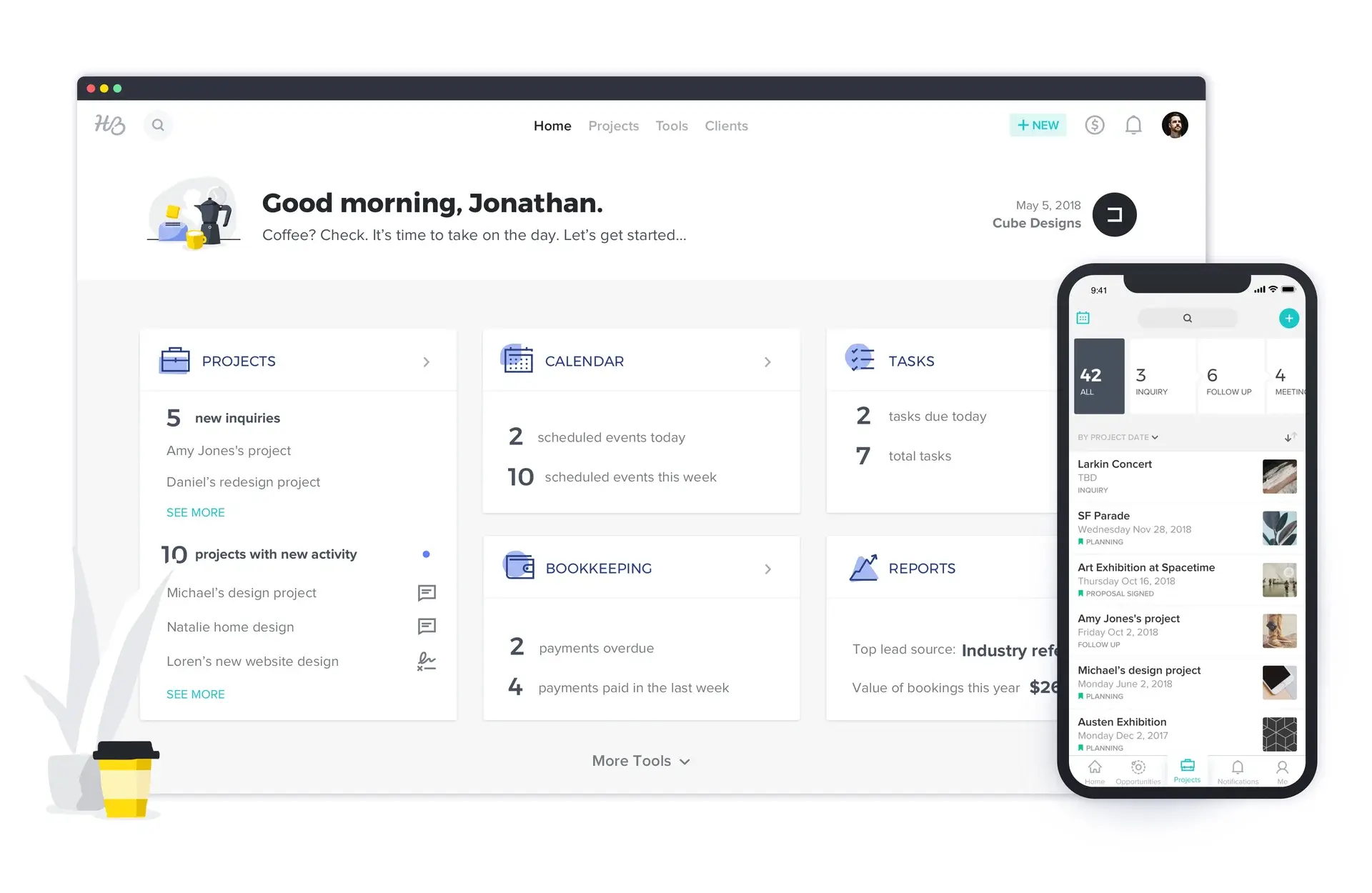
HoneyBook offers business management software for creative entrepreneurs. Its business personality test lead magnet helps me identify my strengths, and I need to provide my email addresses so that I can receive my results.
Based on the results of their quiz, HoneyBook adds me to an email nurturing campaign that provides tailored business advice for my personality type, with the option to begin a trial using HoneyBook.
What I Like: HoneyBook's personality test provides valuable insights and guides me towards trying their software, which makes the lead magnet feel more personalized and relevant to my needs.
3. HubSpot
At HubSpot, we know how important it is to have visibility into the entire sales funnel. That's why we created this sales funnel template to see the funnel stage of each deal and customize deal stages to suit their sales funnels.
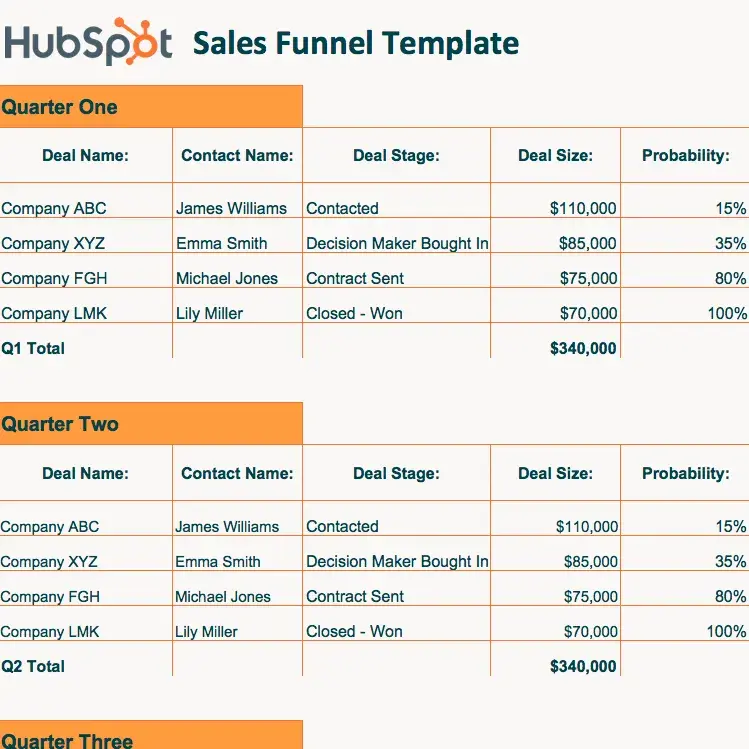
To get this helpful template, people just need to give us their email addresses. This way, we attract leads actively looking for ways to improve their sales funnel. Once they sign up, we send them targeted content.
What I Like: This sales funnel template is a great example of how we provide value to our audience while also growing our business.
4. Sprout Social
Sprout Social, a leading social media management platform, attracts potential customers like me through original research like this.
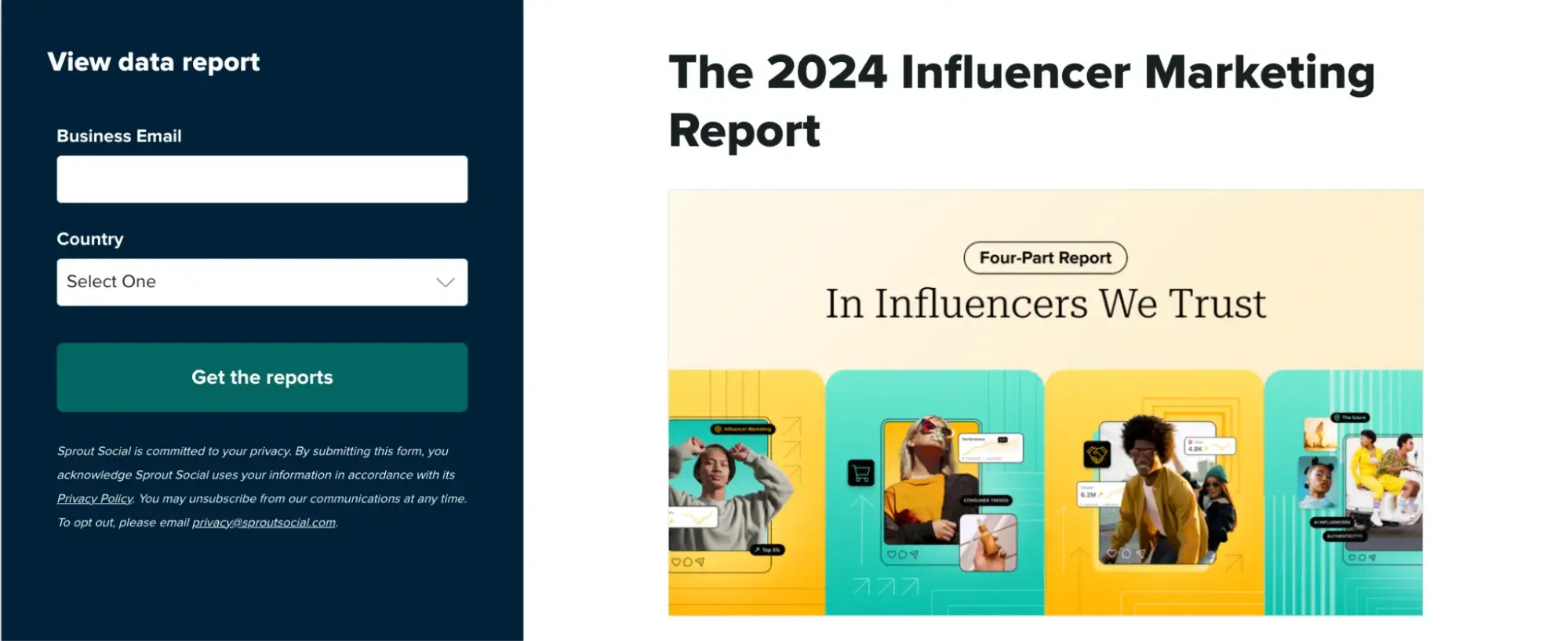
To access this report, I simply need to sign up on their website with a business email. I can explore the report and witness Sprout’s expertise firsthand.
This approach helps them attract qualified leads who are more likely to convert into paying customers after experiencing their credibility, just like I did.
What I Like: Sprout Social showcases its thought leadership by offering valuable, original research as a lead magnet.
5. Tatcha
Luxury skincare brand Tatcha knows how to entice customers to join their email list. By offering a generous 20% discount through their friends and family sale, they've caught my attention.
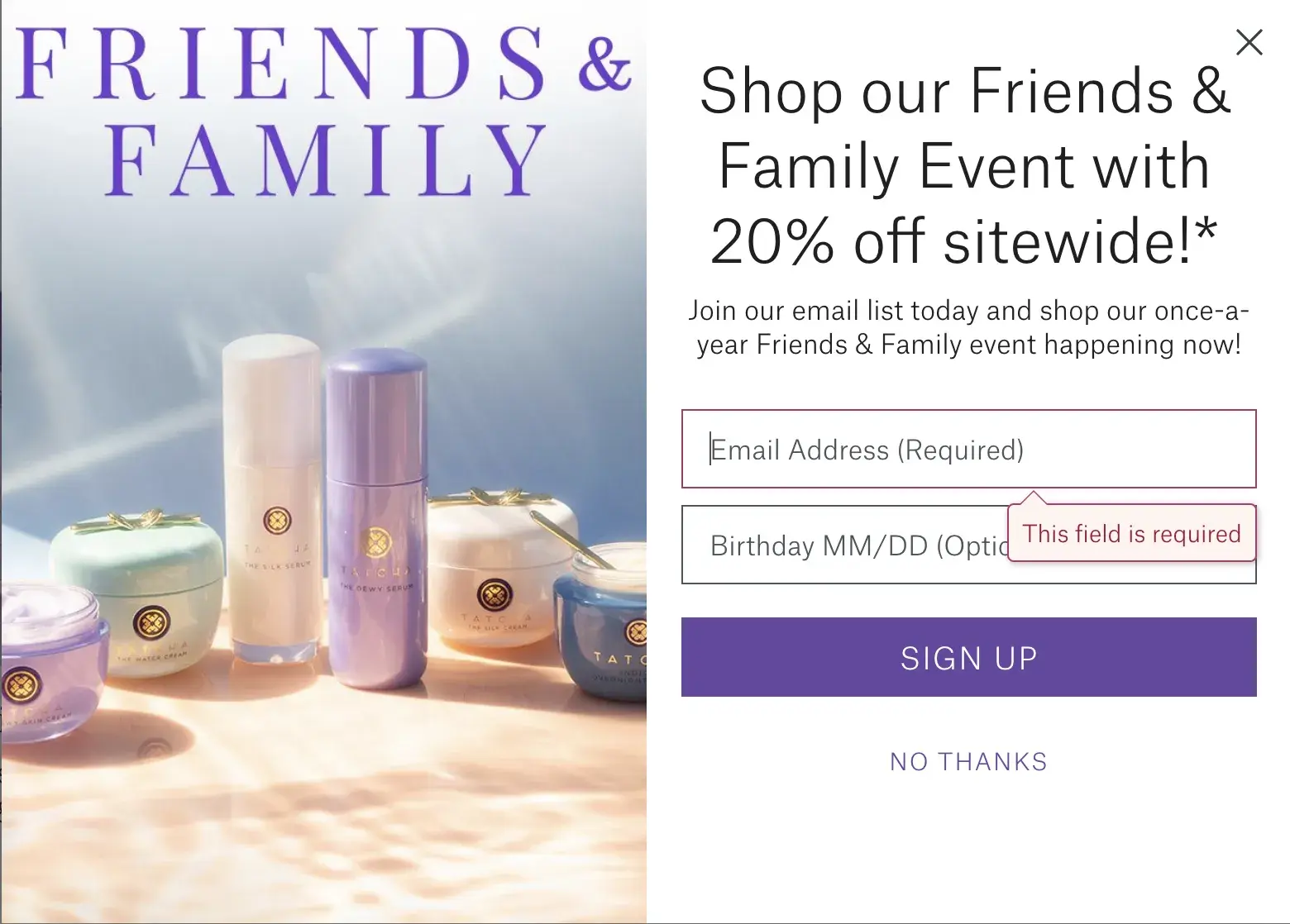
All I have to do is provide my email address on their website. Then, I get the discount code on my email and also become part of Tatcha's email community.
This smart approach allows Tatcha to identify leads who are genuinely interested in their products and motivated by the chance to snag them at a reduced price. It's a win-win situation that increases the likelihood of converting leads into loyal customers.
What I Like: Tatcha's friends and family sale lead magnet is an attractive offer that provides immediate value to potential customers while helping the brand build a targeted email list.
Now, let’s discuss how to create your own sales funnel and if using a sales funnel is the right approach for your business.
1. Define the problem you want to solve for your customers.
For your sales funnel to work, you need to understand your audience. What are their pain points? Expectations? Interests? The more insight you have, the better you can position your products and create intriguing offers.
2. Define your goals.
Now, it‘s time to define your goals. This could include more leads, product demos, e-newsletter sign ups, or purchases. Goals let you determine what you want from each stage in your funnel — which is critical for measuring whether it’s working or not.
3. Create a preliminary offer to generate leads.
It goes without saying, but before you can convert prospects, you need to attract their attention. Approximately 96% of visitors that come to your website aren’t ready to buy. Consider what offers can generate interest — such as a free trial or an ebook in exchange for contact info.
4. Qualify leads to confirm interest in the product.
Not all leads are created equal. Some may show interest but aren't a good fit for your company — and vice versa. For instance, a prospect may sign up for your newsletter, but they don't fit your customer profile.
In fact, our Sales Trends Report shows that almost 20% of sales teams struggle with a lack of high-quality leads.
I’ve found the best way to do this is to determine what a qualified lead looks like and then follow up with those who meet your criteria. Alex Oliveira, host of the “Lead Gen HQ Podcast,” explains how you can categorize your leads in multiple ways.
- In-House Leads vs. Third-Party Leads
- Separate leads generated by your own marketing efforts (in-house leads) from leads generated by third-party companies, such as affiliate marketers or marketplaces.
- Lead Distribution Based on Salesperson Experience and Skills
- Assign leads to different salespeople based on their experience and closing abilities.
- High-ticket items or most valuable products/services should be assigned to the best closers on your team.
- Geolocation-Based Segmentation
- For companies operating in multiple regions or countries, leads should be segmented based on the market they belong to.
- Regional managers or people responsible for specific markets should receive leads related to their assigned area.
- Channel/Source Segmentation
- Segment leads by their originating channel: website, social media, organic content, email marketing, affiliate marketing, paid ads, etc.
- Further categorize by sub-sources: in-person events (conferences, workshops), calls, web inquiries (lead magnets), and chat interactions.
Once you have these categories and know which leads fit your ideal customer profile, you can implement a lead-scoring system to prioritize and rank leads based on their likelihood to convert. Assign points to each lead based on their characteristics, behaviors, and engagement levels, with higher scores indicating a greater likelihood of becoming a customer.
5. Nurture your qualified leads.
Picture this — a prospect visits your website. They click around, even filling out a form with their contact info. Then, they go radio silent. Does this sound familiar? If so, it's time to focus on lead nurturing.
While most lead nurturing involves a simple email drip campaign — you have a variety of other channels at your disposal, such as social media or paid retargeting.
Strategic business consultant Michelle DeNio suggests nurturing through direct messages too on her podcast, “The REAL Truth About Business.”
“You can also nurture through direct messages. I do that often in a way, like if I see somebody‘s got a new launch coming up, or maybe they have a birthday … or the kid’s first day of school or something exciting happening where they were on a podcast, something of that sort, you can send a direct message saying, oh my gosh, how exciting,” DeNio says.
Regardless of the vehicle you choose, I believe it’s best to offer something that can nudge them closer to making a decision, such as an extended trial or special discount. The goal here is to remove as much friction as possible and encourage leads to move down the funnel.
6. Close the deal.
At this point in the funnel, the lead has either become a customer or decided not to make the purchase. In either case, it's important to keep the communication lines open.
For customers, you need to shift your efforts to retention and building loyalty. And for those who didn't convert, I recommend returning to your nurturing strategy and reaching out every few months, especially considering the average sales close rate is 29% according to our research. While they may not convert now, this could change down the road.
7. Track the final results and analyze sales data.
Even the most qualified leads can fall through the cracks in your funnel. The best way to prevent this is by looking for blind spots, missed opportunities, and areas for improvement. Remember your sales funnel isn't set in stone — it needs to be optimized continually.
Luckily, optimizing your sales pipeline is simplified using HubSpot’s free pipeline management software. With it, you can track quota attainment, discover trends, and tailor your pipeline to your customer’s needs.
Sales Funnel vs. Flywheel
The modern sales funnel process has changed dramatically in the last few years — and those changes make the traditional sales funnel obsolete.
Today, customers are in control of the sales process. A modern buyer spends more time upfront researching a purchase before they engage with a salesperson, reducing the value of sharing information.
Armed with extensive online information, a modern buyer requires different skills from a salesperson and frequently exhibits different behavior than buyers of the past. They may get very excited about a purchase and spend a lot of time in the research phase and then abruptly stop, ending the sales process — sometimes without any reason at all.
This is where customer lifecycle management becomes crucial to keep customers engaged throughout their journey.
These behaviors are why I suggest using a flywheel instead of a sales funnel.
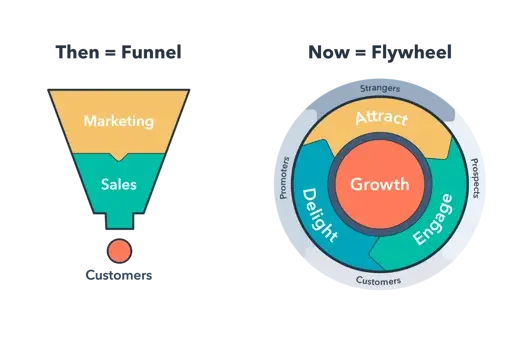
The flywheel is a model adapted by our teams at HubSpot to explain the momentum you gain when you align your entire organization around delivering a remarkable customer experience — one that produces happy customers who drive referrals and repeat sales.
How does the flywheel work?
To get your flywheel spinning, you need to add force to it by making significant investments in strategies to acquire and retain customers.
Once you acquire enough initial customers and you ensure their success and happiness, they become a force for your flywheel. This is because they either buy from you again or bring in new customers by promoting you to their network. This is the key to keeping your flywheel spinning without investing all your resources in acquiring new customers.
In other words, rather than having your sales team explain your products or services, you use the momentum of your happy customers to drive referrals and repeat sales.
Using a flywheel, you can build a community or ecosystem of customers who help other customers. For a modern sales funnel process, a flywheel is better than a sales funnel because it leverages current customers to attract and engage new prospects.
How to Build a Flywheel
1. Understand your current customers are more powerful than any other influence.
Prospects trust the stories and experiences of your current customer base. In fact, 42% of consumers regularly review online reviews. Leverage this by making sure you have lots of use cases, customer testimonials, and references that showcase your current clients explaining your product or service’s strengths.
2. Have your strong customers create social proof.
Social proof is the psychological idea that people determine what’s correct by finding out what other people think is correct. Almost two-thirds of consumers say that a business should have between 20 to 99 reviews in order for them to be able to trust the average star rating.
Social media is a powerful tool for creating social proof. Let the stories and experiences of your happy customers create converting content for you.
3. Identify areas of force and friction.
Force moves the sales funnel process forward. Areas of force include accurate and timely information, a good understanding of the problem, your ability to listen, and overall responsiveness.
On the flip side, friction slows down the sales process. Essentially, when your prospect has to jump through too many hoops or faces obstacles or inconveniences throughout the sales process, this creates friction, which makes your job more difficult.
I’ve seen that identifying areas of force and friction allows you to double down on the activities that bring more momentum to your ability to drive the sale and remove unnecessary obstacles to create a frictionless experience. This keeps the flywheel moving forward and makes your buyers happy.
Flywheel Model Drives Sales
If you continue to impress existing customers, going with a flywheel model may be more useful than a traditional sales funnel. Customer satisfaction drives referrals and repeat sales — allowing your brand to continue to attract new clientele without having to devote all of your resources to do so.
Editor’s note: This article was originally published in June 2022 and has been updated for comprehensiveness.
Sales Strategy
.png?width=112&height=112&name=Sales%20Conversion%20and%20Close%20Rate%20Calculator%2001-300%20(1).png)

.png)
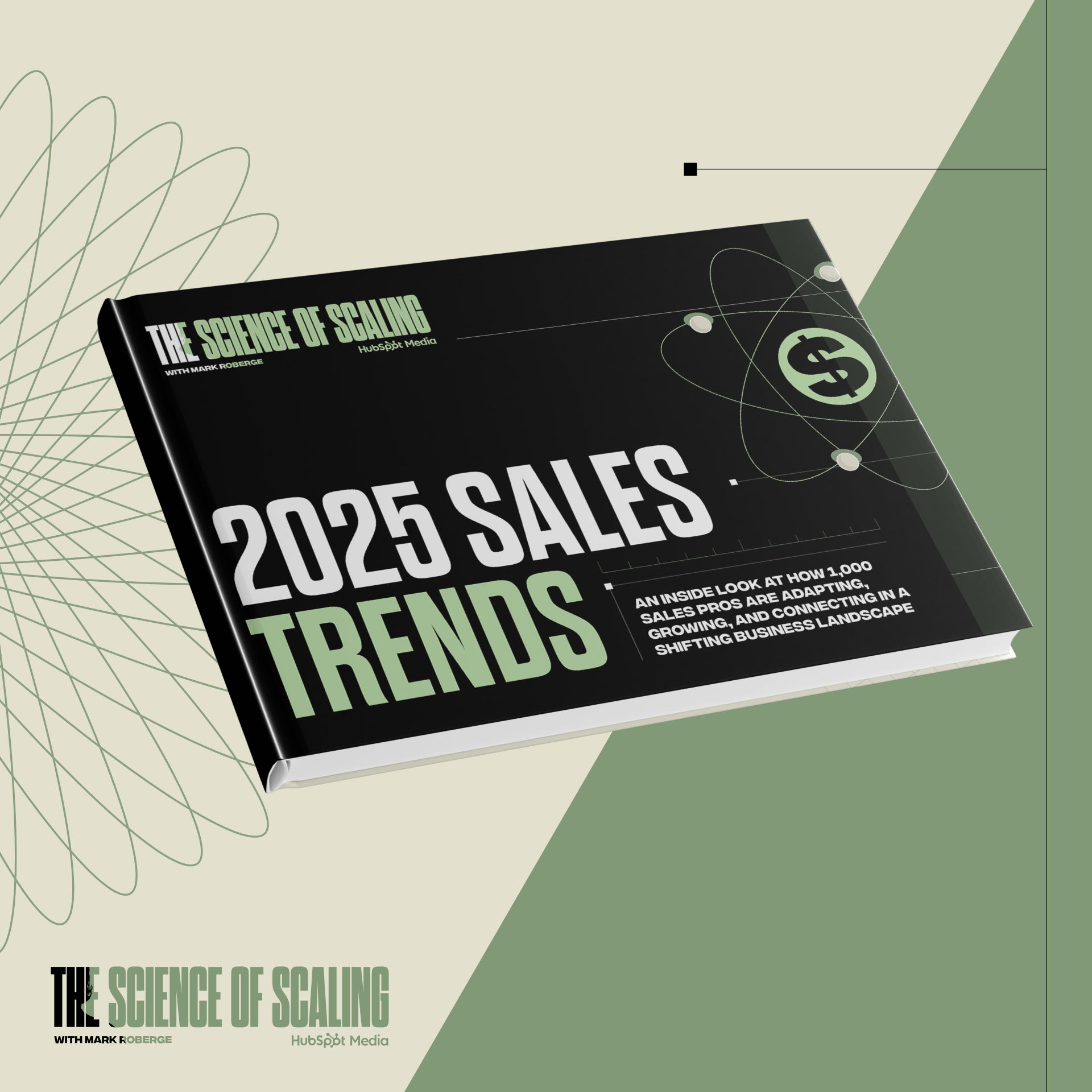

.png)

![7 key sales challenges to prepare for in 2026 [+ how you can overcome them]](https://53.fs1.hubspotusercontent-na1.net/hubfs/53/sales-challenges-1-20251023-788058.webp)
![How B2C sales could shift in a recession [new data]](https://53.fs1.hubspotusercontent-na1.net/hubfs/53/Recession%20sales%20strategies%20(1).png)
![22 Best Sales Strategies, Plans, & Initiatives for Success [Templates]](https://53.fs1.hubspotusercontent-na1.net/hubfs/53/Best-Sales-Strategies-1.png)
![What Is Sales? A Quick Guide [+ Examples]](https://53.fs1.hubspotusercontent-na1.net/hubfs/53/what-is-sales-1-20250411-8755735.webp)

![What Is Cross-Selling? Intro, Steps, and Pro Tips [+Data]](https://53.fs1.hubspotusercontent-na1.net/hubfs/53/ft-cross-selling.webp)

